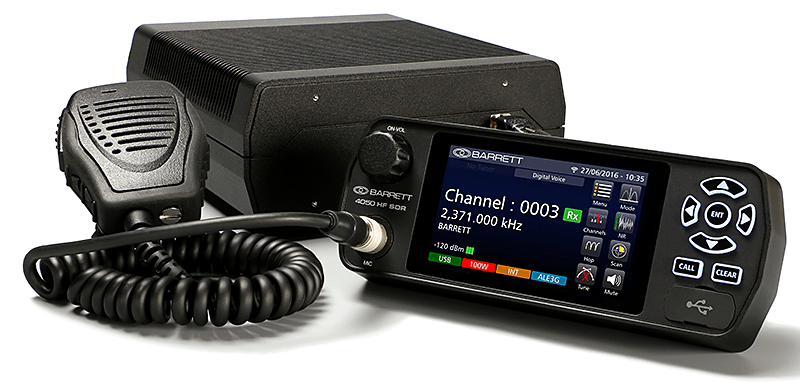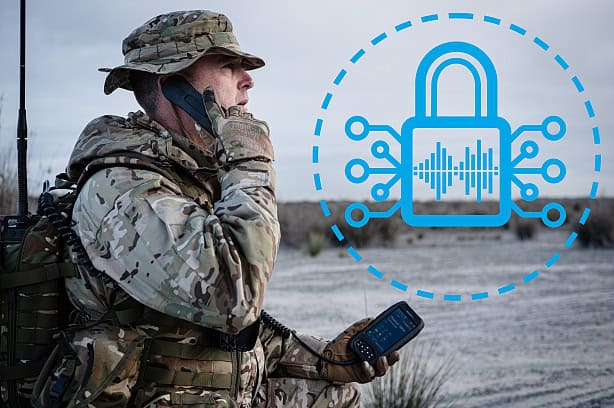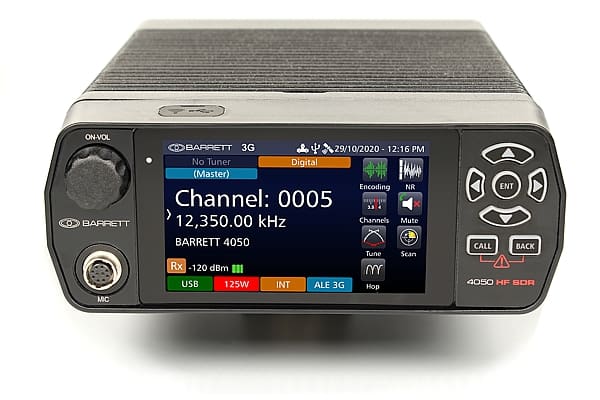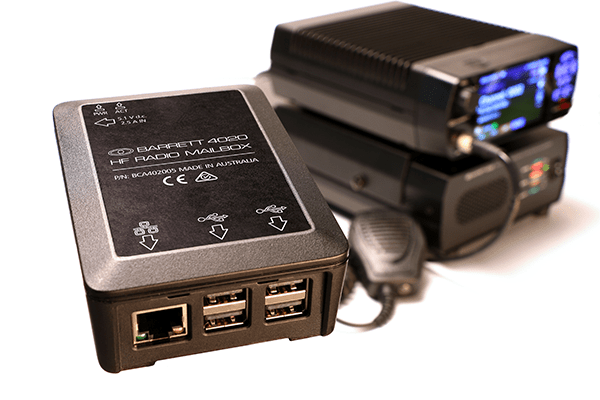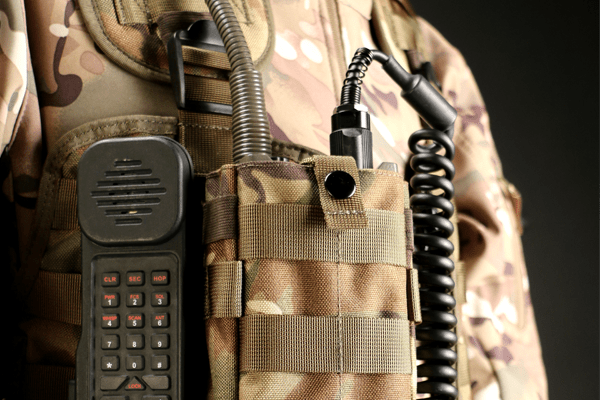HF digital vs analogue voice – what is the difference?
HF digital vs analogue voice – what is the difference?
The need for clear communication is obvious in critical and emergency operations. When lives are on the line, you need to ensure that your radio devices provide crystal clear audio, no matter the network conditions. As such, commonly used analogue radio frequencies (RF) haven’t always been ideal. They are prone to signal frequency overlap or multi-pathing and struggle to reduce background noise. Digital voice, however, is able to prevent these issues and enable quality audio communications over long distances.
Barrett Communications’ 4050 HF SDR radio transceiver is the latest in HF radio technology, combining interoperability and ease-of-use with digital voice for clearer audio – but what, really, makes it that much better than standard analogue voice?
Analogue voice in critical communications
Analogue radio signals are prone to HF signal overlap or multi-pathing and can struggle to reduce background noise and interference.
Analogue signals are the electronic transfer of data over space. In radio frequencies, these signals are smooth and continuous waves, with an infinite range of tones possible. While this makes them suitable for HF communications in network blackspots, this noise range leaves them susceptible to frequency overlap or multi-pathing resulting in high background noise interference.
This interference is audible as cross-channel static, an irritant to radio operators as quite often the wanted signal level is the same or lower than the noise level. In critical operations, however, this can hinder clear communication, with potentially fatal consequences for vehicles reporting on their location or medical staff trying to relay vital information to a base station.
Digital voice and the 4050 HF SDR
Digital voice represents a more secure and higher quality audio experience than analogue, ideal for vital critical communications. Digital Voice is produced by transmitting digitally sequenced tones representing the audio which, when received, is converted back into the original audio. The digital tones are chosen for the best possible transfer over the HF radio link with far greater success than plain audio. In this way, the reconstituted audio is immune to atmospheric distortion, providing clearer sound quality over even weak radio channels. An added benefit is that the sequenced tones are not easily understandable so offering a level of security to the on air call.
These details make Barrett’s 4050 HF SDR radio the ultimate option for critical field operations, with pristine audio quality supplemented by a range of user-friendly features:
• High resolution touch screen control enables unrivalled operator ease-of-use.
• Combining with Barrett’s 2019 mobile antenna enables communication over a range of distances and remote terrains.
• Integration with a range of mobile devices and connections means that Barrett’s 4050 HF SDR radio can be operated remotely by any mobile device. Connectable to Wifi and other online communications systems, users can access their base station in any field situation.
Reach out to Barrett for a voice
Equipping your field operations with premium HF radio technology that guarantees quality sound without signal interference is key to our ethos at Barrett. Digital voice offers users unparalleled sound quality in their critical communications, cutting out the potentially costly issues you may have with analogue radio signals.
Still uncertain about digital voice’s capabilities? Take your queries to our professional team today.

